2 Black Cherry Trees Bare-root 12-18″ – Fast-growing, Edible Berries, Ornamental
Original price was: $59.99.$39.99Current price is: $39.99.
The 2 Black Cherry Trees Bare-root grow fast, with stunning spring flowers, edible black cherries, and vibrant fall foliage. Ideal for wildlife, gardens, and culinary uses.
Estimated arrival
Dec 25
Dec 30 - Jan 01
Jan 04 - Jan 08
Reasonable Price
We offer reasonable price

Support 24/7
Contact us 24 hrs a day

100% Money Back
You've 30 days to Return

Payment Secure
100% secure payment
Black Cherry Trees: Grow Your Own Edible Landscape
The Black Cherry Trees offer the perfect combination of fast growth, wildlife benefits, and beauty. These trees are native to thickets, woodlands, and floodplains, and they provide a striking display with their 4-6” long, drooping racemes of white flowers in spring. The flowers are not only beautiful, but they also serve as a crucial nectar and pollen source for native bees and other pollinators, making them a fantastic addition to any pollinator-friendly garden. These fast-growing trees will quickly enhance your property.
By late summer, the Black Cherry Trees produce reddish-black berries that ripen in August and September. These berries are edible, offering a tart yet sweet taste, and can be enjoyed fresh or made into wine, jelly, or even used as a drink mixer (hence the nickname Rum Cherry). The berries are also a vital food source for birds and mammals, enhancing your garden’s ecosystem. Planting these black cherry trees contributes to a healthy, thriving environment. These trees are a great addition to any edible landscape.
In the fall, the leaves of the Black Cherry Tree change to yellow, orange, and red, adding vibrant autumn colors to your landscape. The trees are known for their fast growth, making them an excellent choice for quickly filling in areas or creating a lush, shaded spot in your garden. However, please note that while the berries are edible, the rest of the tree, especially the wilted leaves, can be considered toxic. Enjoy the vibrant fall foliage and the beauty these trees bring to your yard.
Key Features and Benefits
- Fast-growing: These trees grow quickly, making them ideal for those looking to enhance their landscape in a short time.
- Beautiful Spring Blooms: Enjoy white, lacelike flowers in the spring that attract native pollinators and bees.
- Edible Fruit: The black cherries are tart and sweet, great for making wine, jelly, or enjoying fresh.
- Wildlife-friendly: The tree is a crucial food source for birds and mammals, attracting wildlife to your garden.
- Vibrant Fall Foliage: The leaves turn yellow, orange, and red in the fall, adding seasonal beauty to your landscape.
- Easy to Grow: This tree is adaptable and low-maintenance, perfect for a range of garden types.
Uses
- Culinary: Make cherry wine, jelly, or enjoy the fruit fresh in salads or desserts.
- Landscaping: The Black Cherry Tree offers both beauty and function, with ornamental flowers in spring and vibrant fall foliage.
- Wildlife Gardens: Perfect for attracting and supporting local wildlife, especially birds and pollinators.
FAQs
Q1: Are the berries from the Black Cherry Tree edible?
A1: Yes, the black cherries produced by the tree are edible. They have a tart-sweet flavor and can be eaten fresh, used in wine, or made into jelly.
Q2: Can I grow the Black Cherry Tree in my garden?
A2: Absolutely! The Black Cherry Tree is a fast-growing and adaptable tree that thrives in a variety of garden settings, providing beauty and wildlife benefits. Ensure adequate space for the tree to mature, as it can reach a height of 50-80 feet.
Q3: Does the Black Cherry Tree attract wildlife?
A3: Yes, the Black Cherry Tree produces edible berries that feed a variety of birds and mammals. Its flowers also attract native bees and pollinators, supporting a healthy ecosystem in your garden.
Q4: When does the Black Cherry Tree bloom?
A4: The Black Cherry Tree blooms in spring, typically from April to May, with showy, white, lacelike flowers that add ornamental beauty to your landscape. These blooms are an important source of nectar for pollinators.
Q5: What color are the leaves in the fall?
A5: In fall, the leaves of the Black Cherry Tree turn vibrant yellow, orange, and red, creating a stunning autumn display. This vibrant color change adds significant visual appeal to your yard during the fall season.
Be the first to review “2 Black Cherry Trees Bare-root 12-18″ – Fast-growing, Edible Berries, Ornamental”
-
USDA Hardiness Zone
3-9 -
Soil Type
Well-drained soil -
Sunlight Exposure
Full Sun to Partial Shade -
Expected Planting Period
Spring or Fall

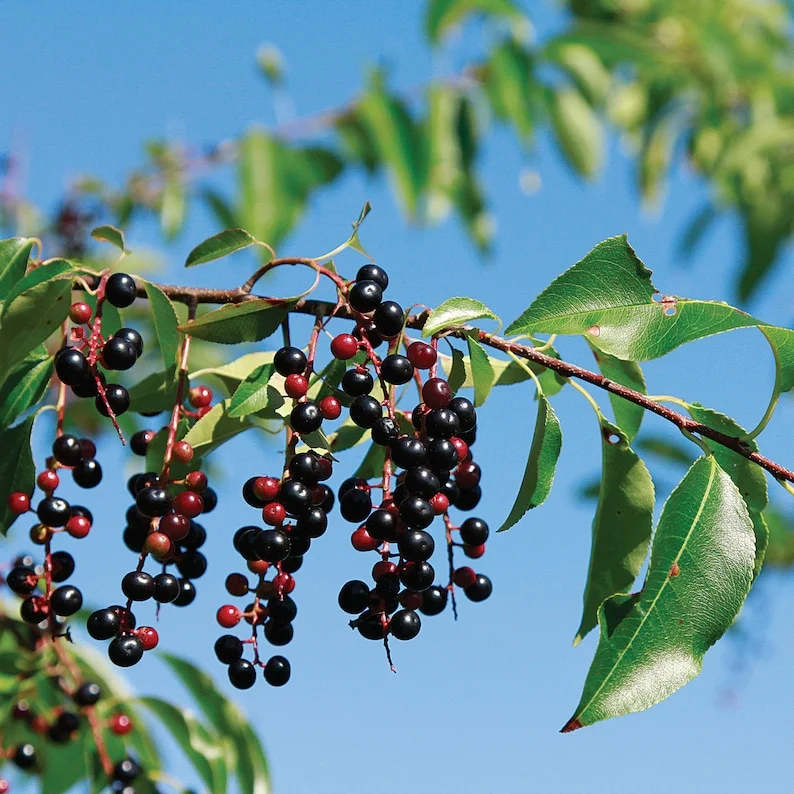
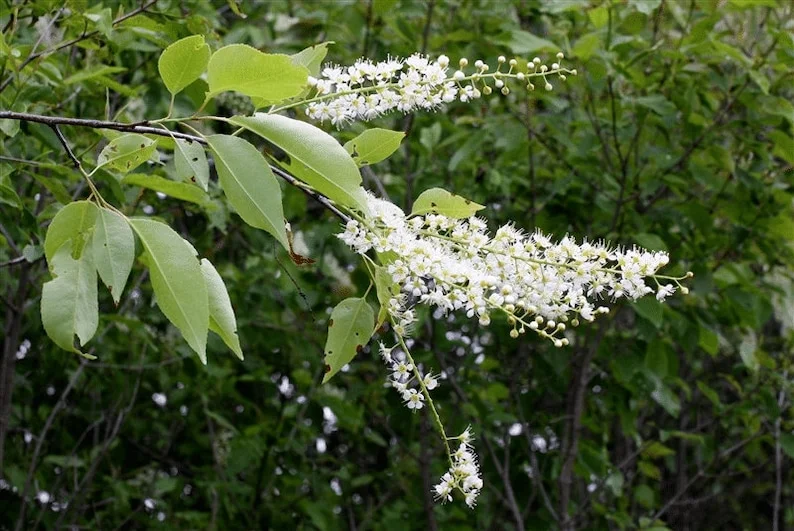
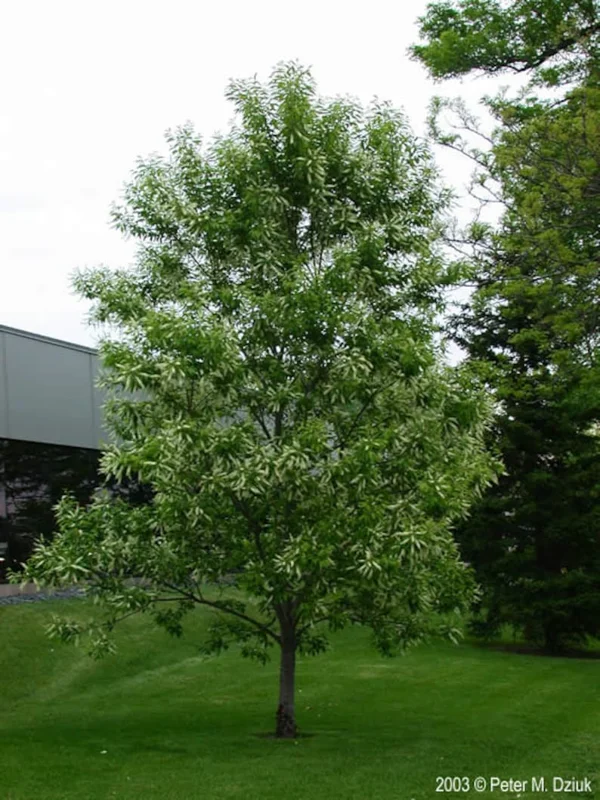
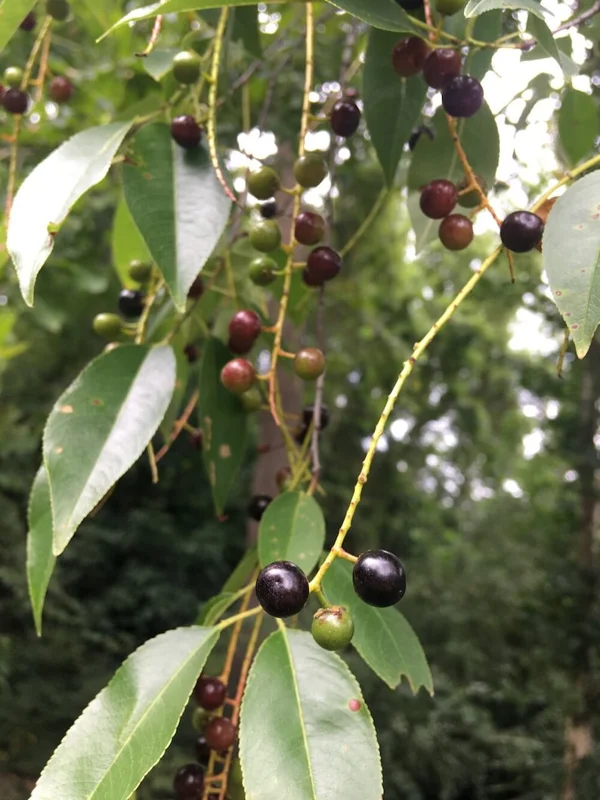
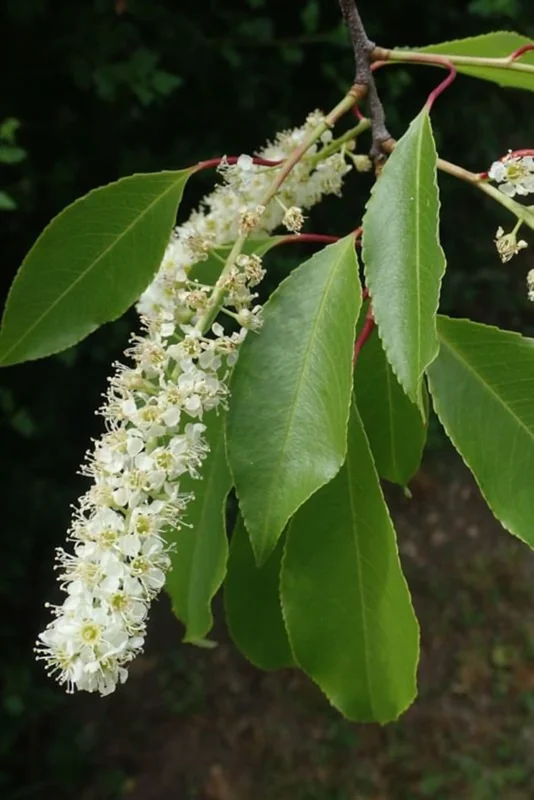
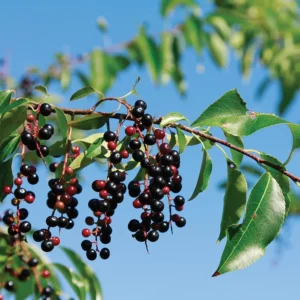
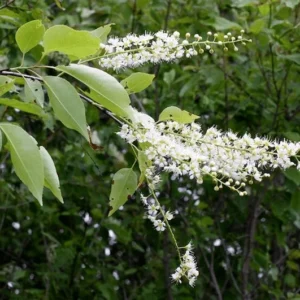
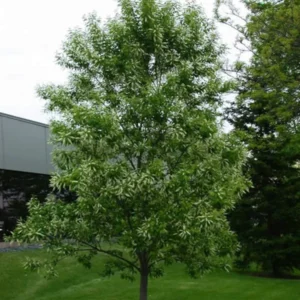
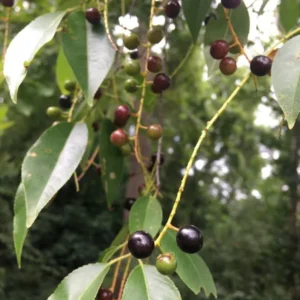
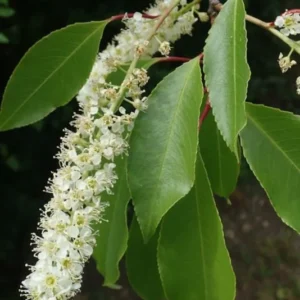

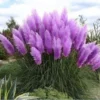
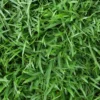
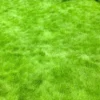
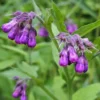
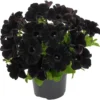
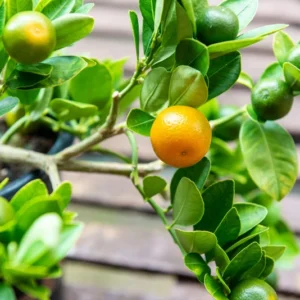
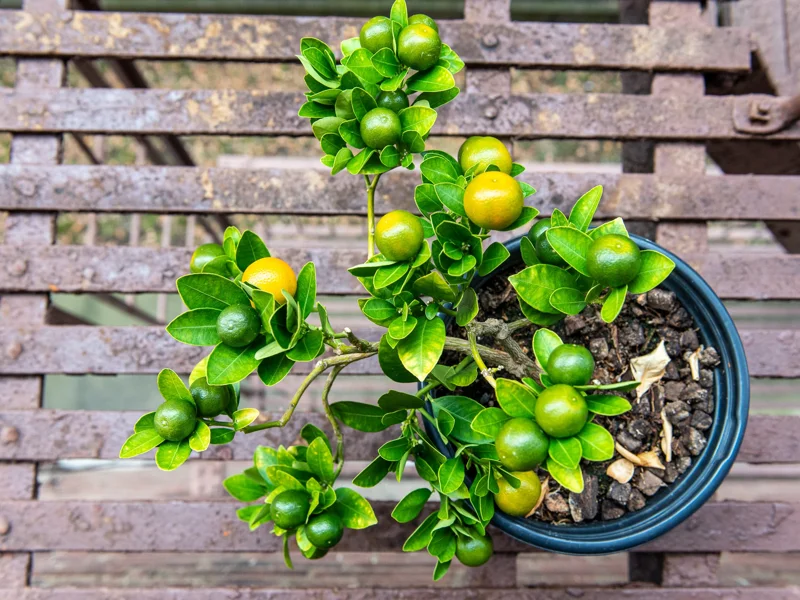
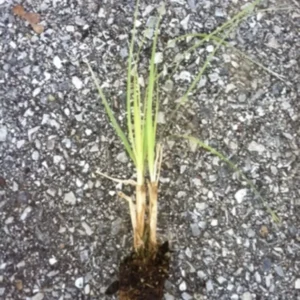
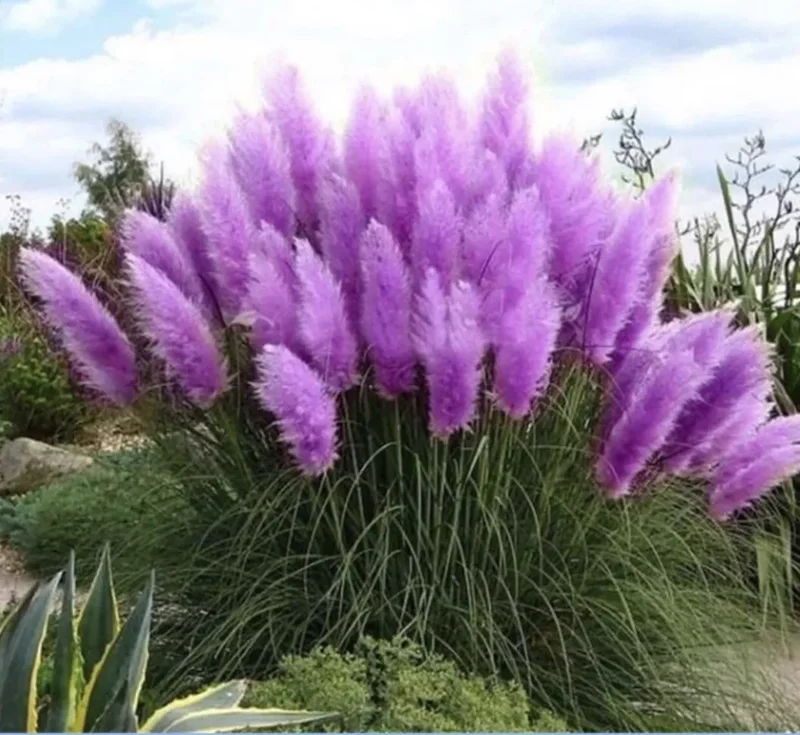
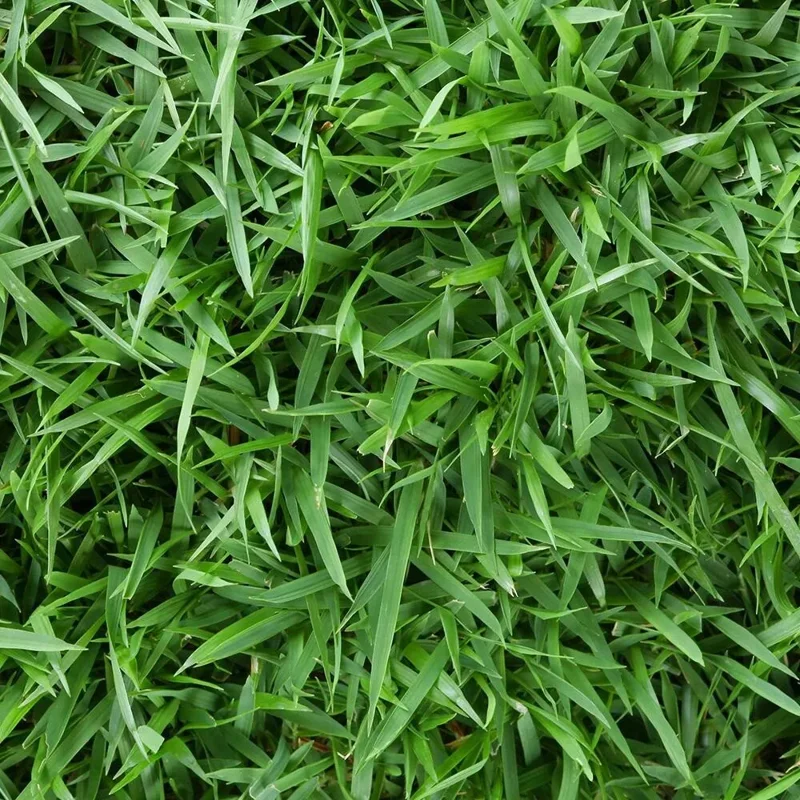
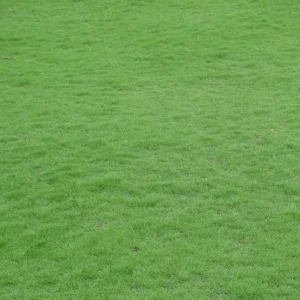
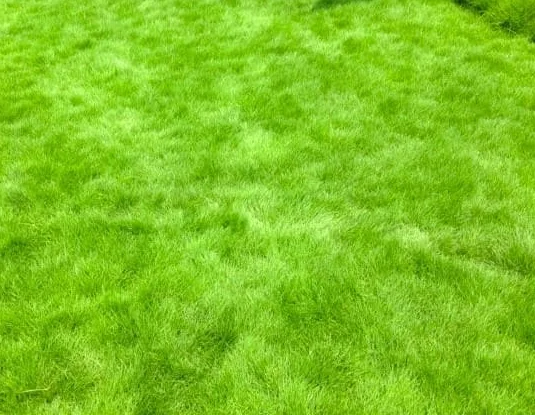
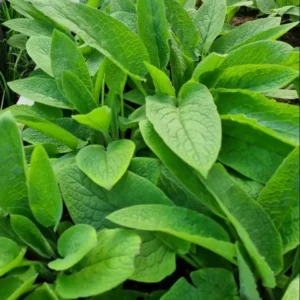
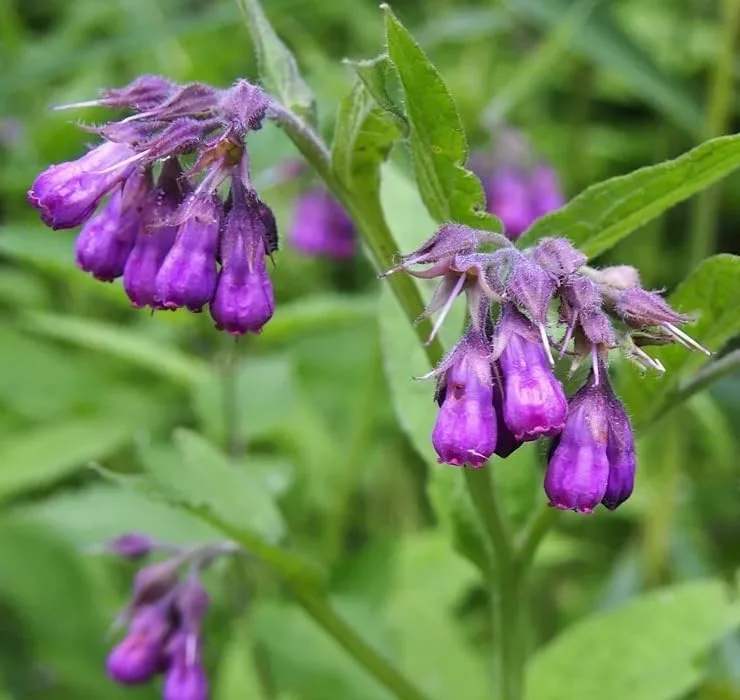

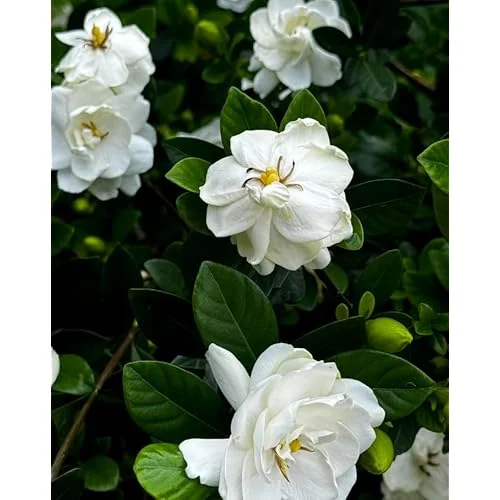
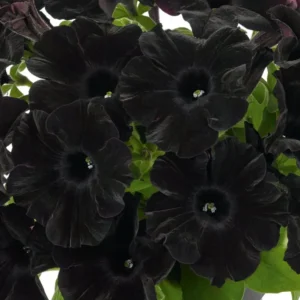
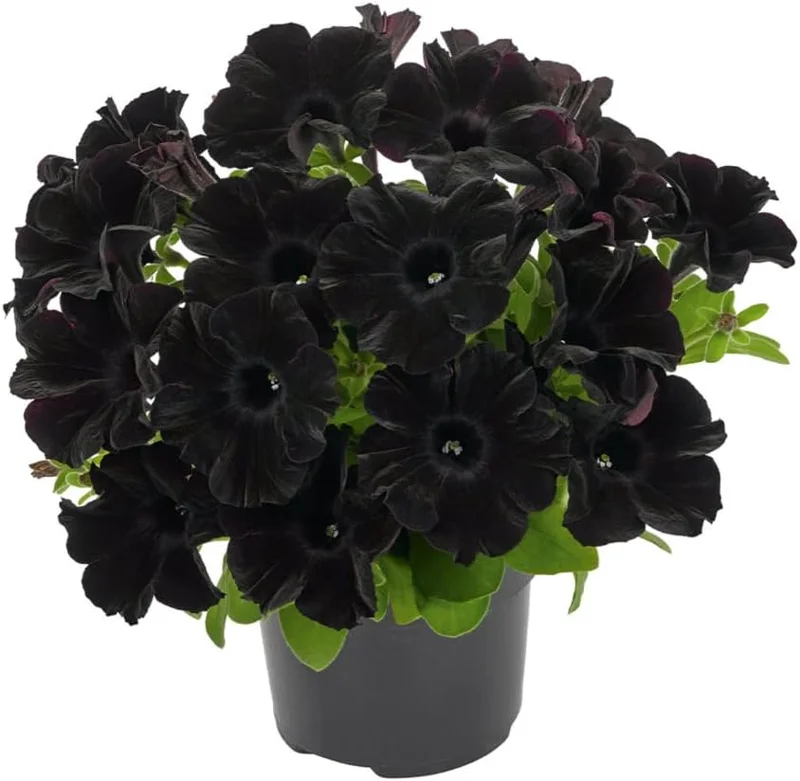
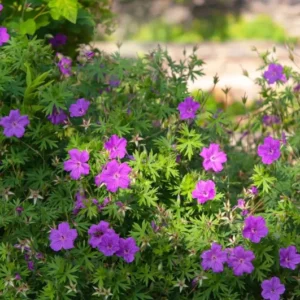
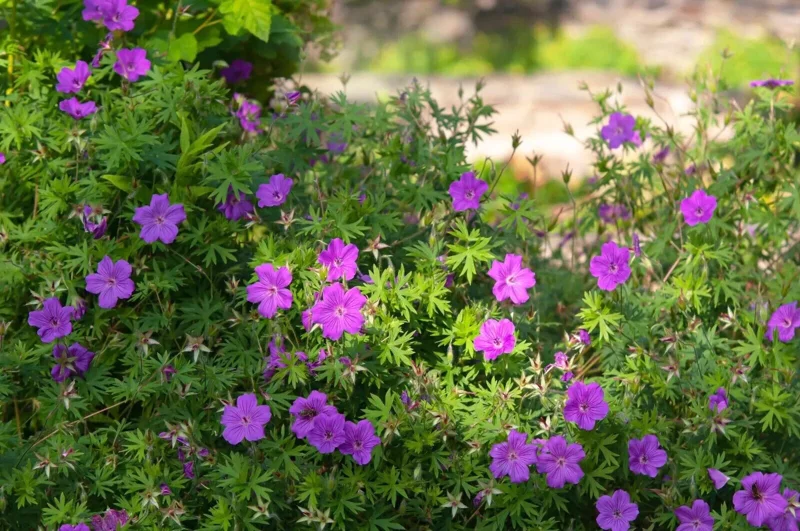
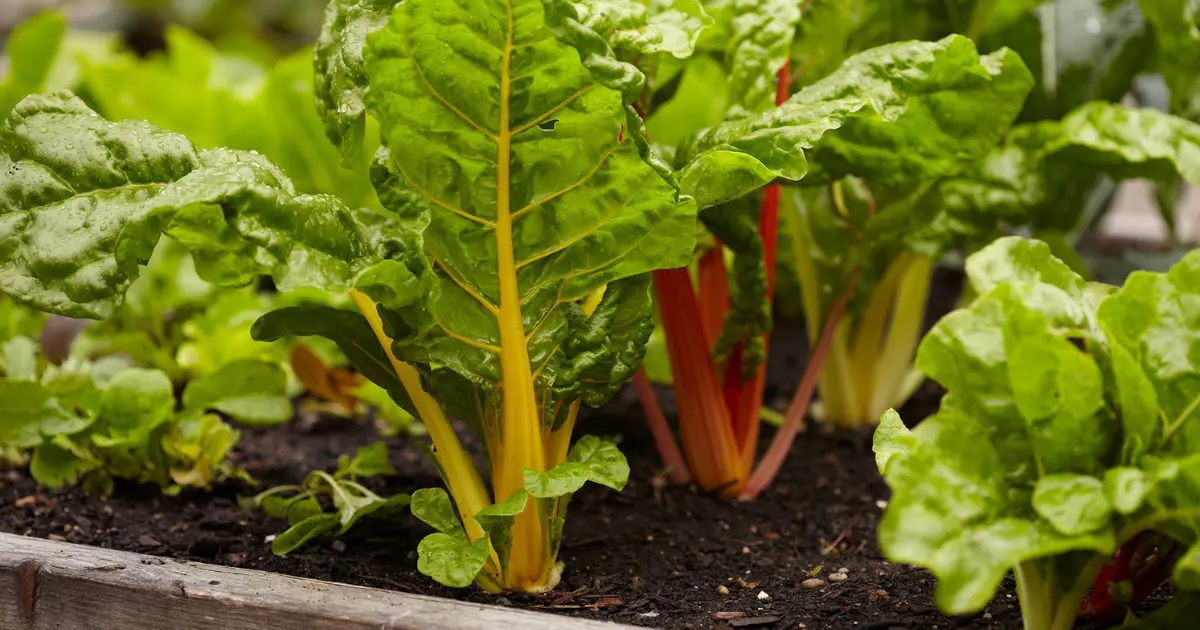
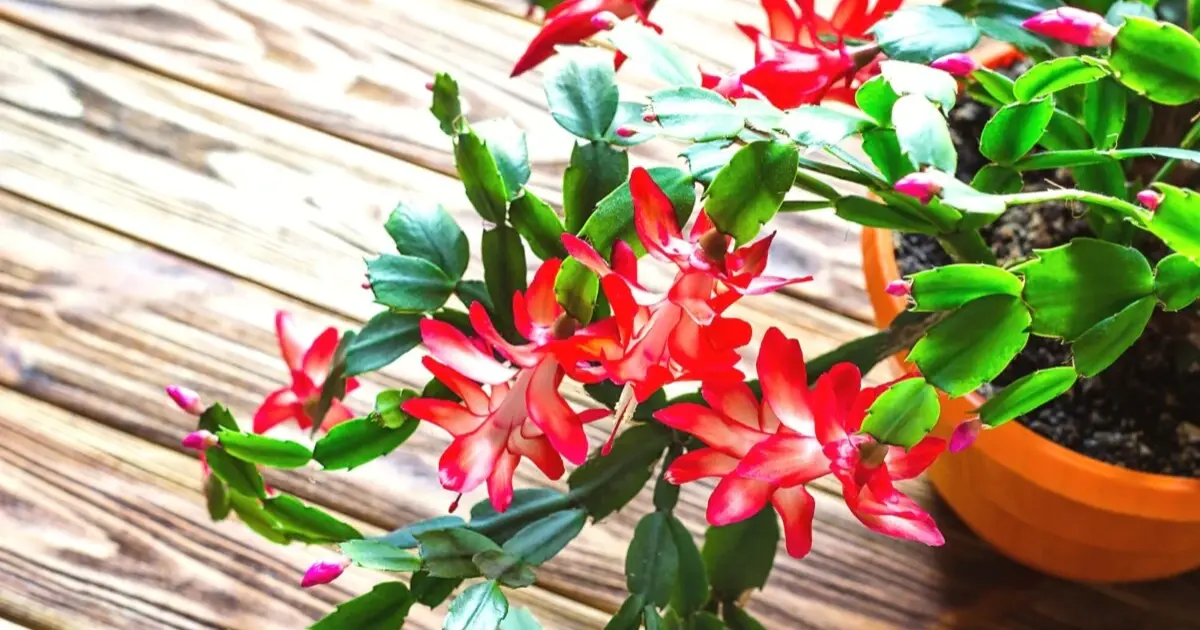
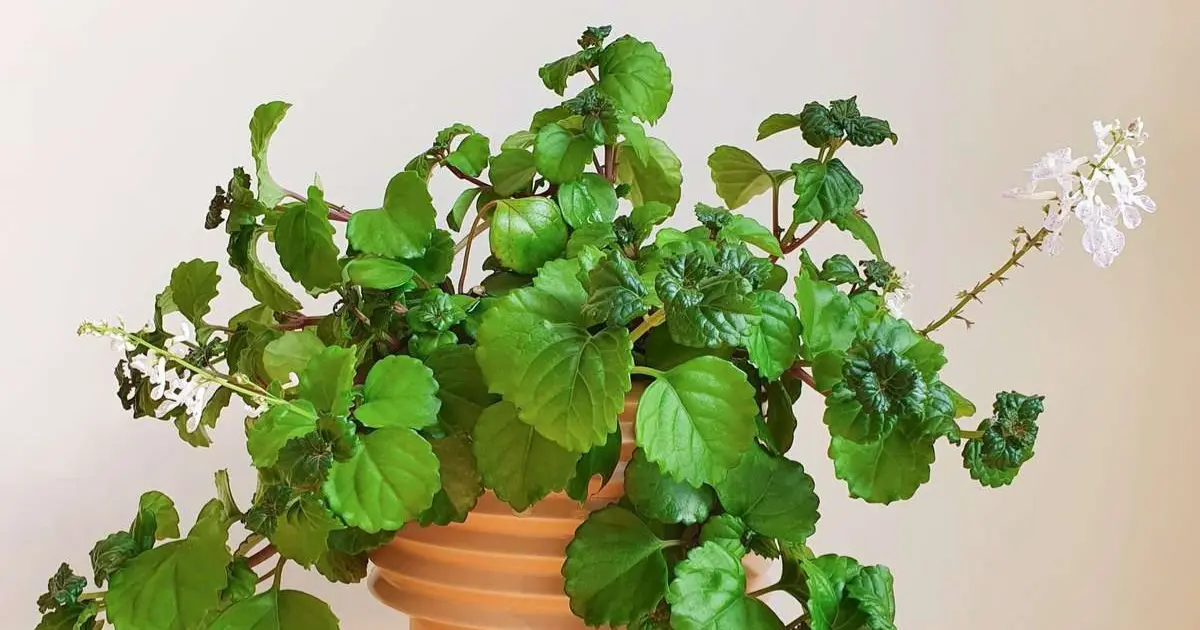
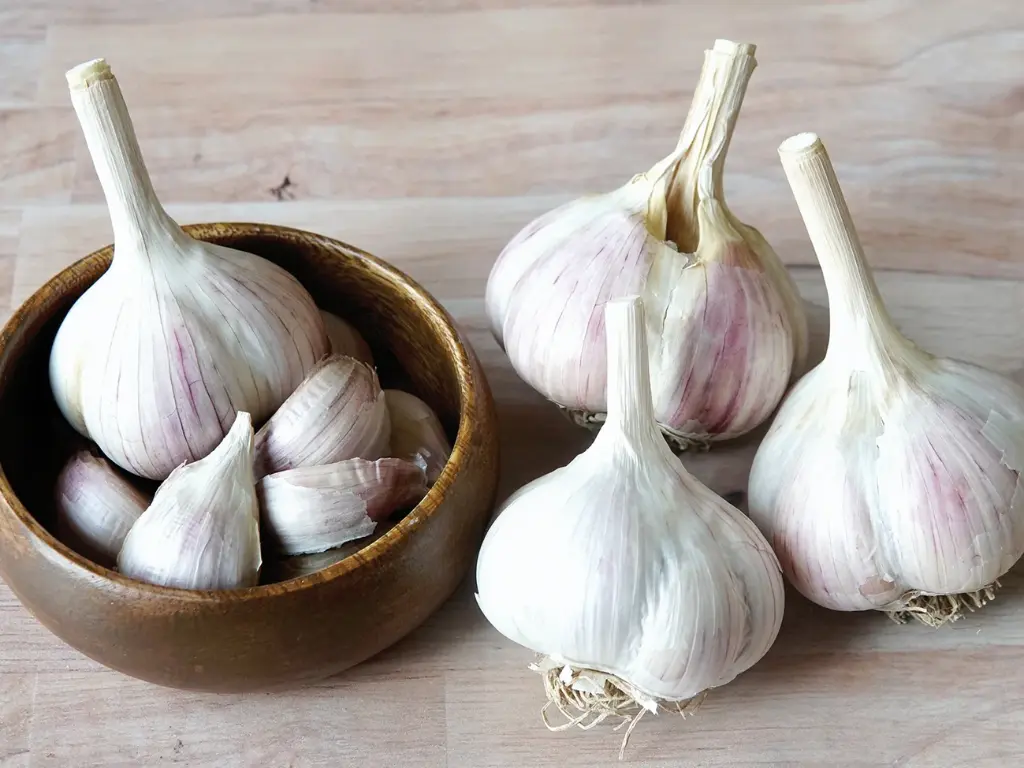
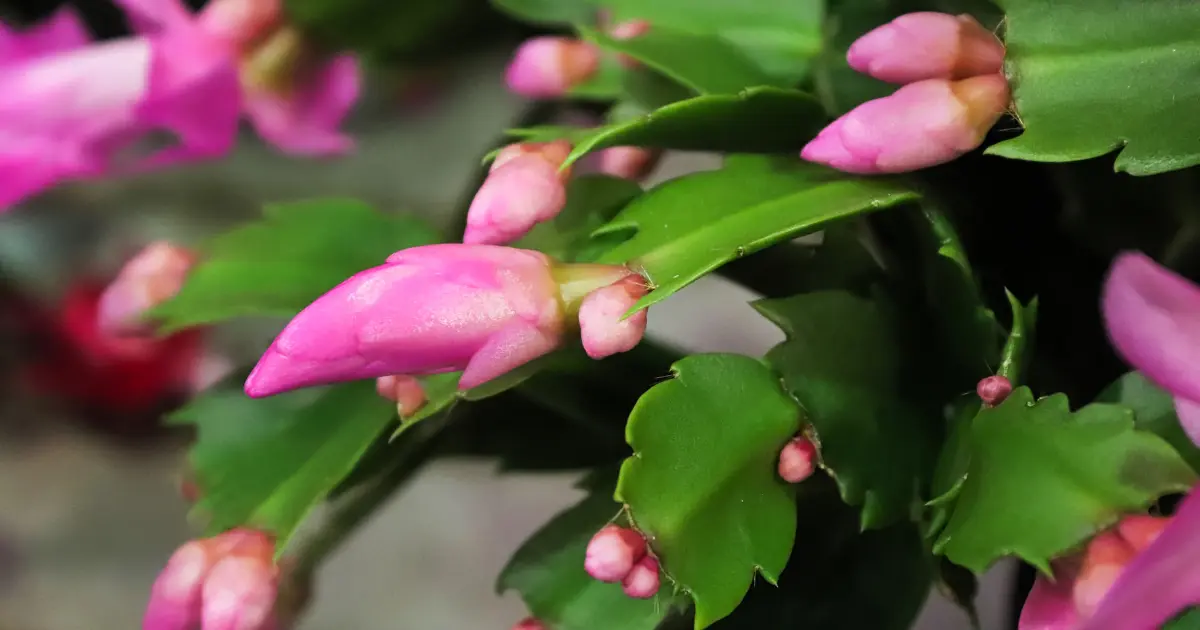

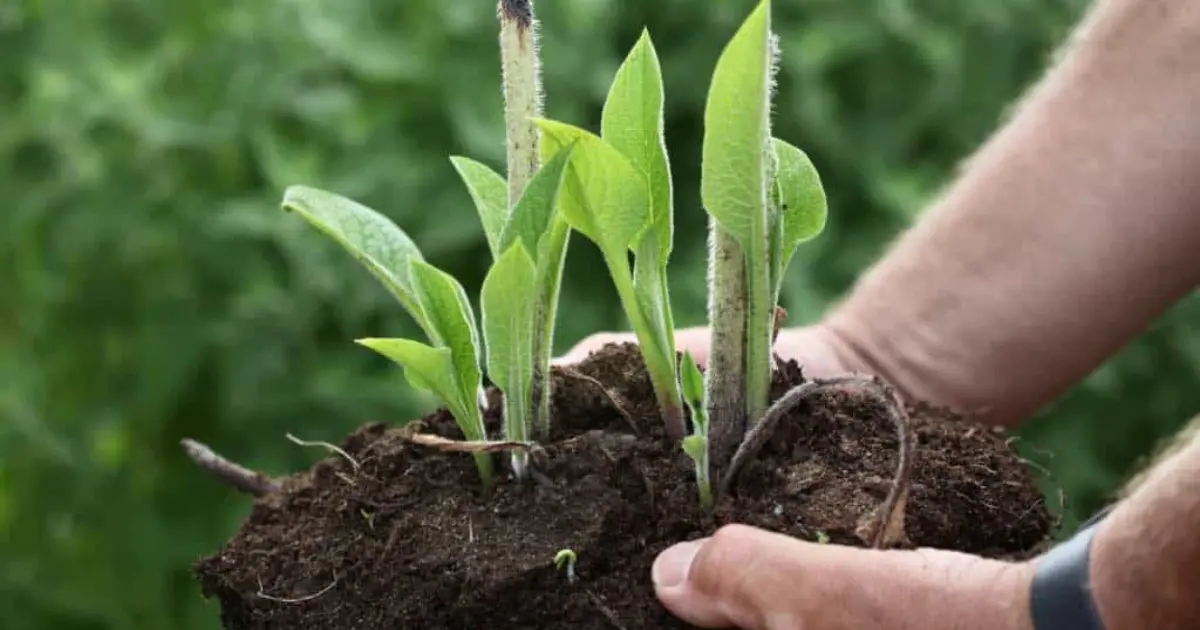
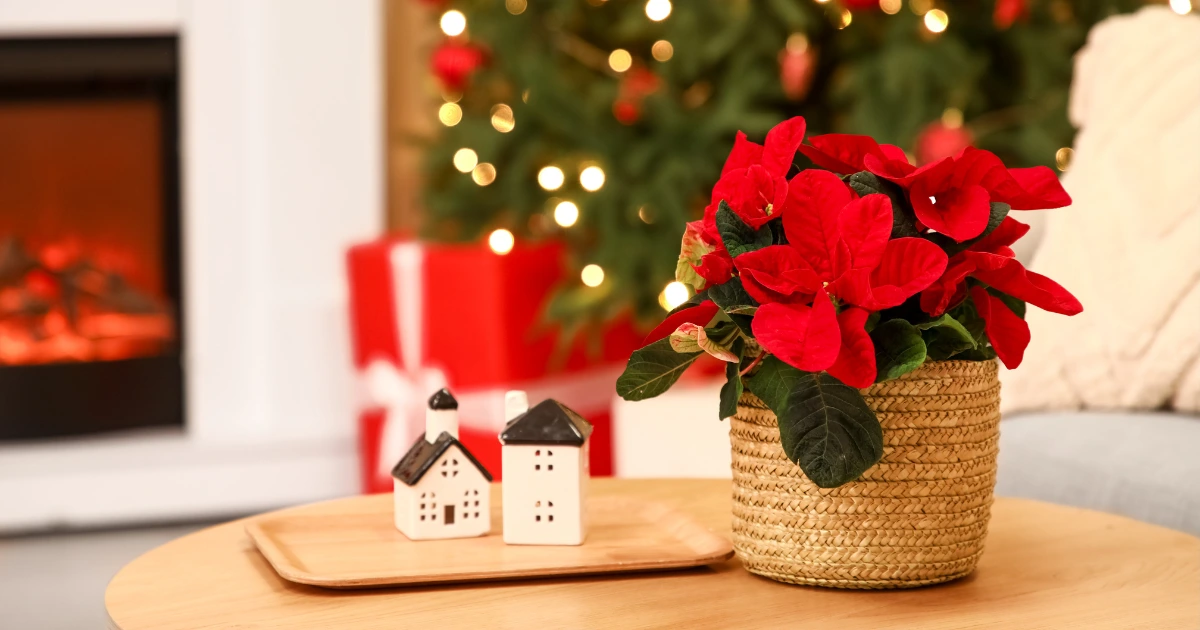
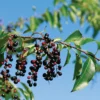
Reviews
There are no reviews yet.